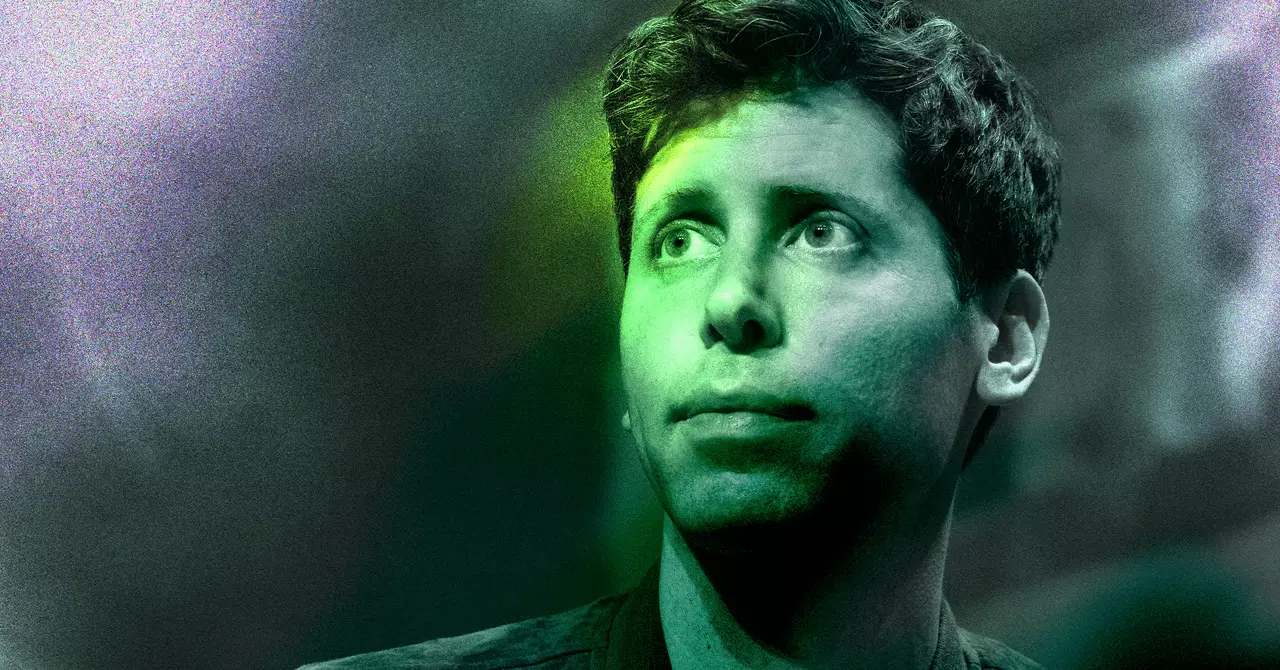The rapid ascent of artificial intelligence has become a defining narrative of our technological age. In this fierce arena, innovation is measured not just by the sophistication of models but by the infrastructure that sustains them. OpenAI’s recent recruitment of prominent engineers from rival firms signals a decisive shift in the strategic power game. By bringing in high-caliber talent like David Lau, formerly Tesla’s vice president of software engineering, and other leading figures from xAI, Meta, and Robinhood, OpenAI is underscoring its relentless pursuit of dominance in the AI landscape. This isn’t merely a talent grab but a calculated move to bolster its foundational systems, ensuring that its AI models continue scaling with unprecedented efficiency and safety.
OpenAI recognizes that the true battleground for artificial intelligence’s future rests behind the scenes—where hardware meets software, and research transforms into operational power. By strengthening its backend infrastructure with experts who’ve worked on projects such as Tesla’s Autopilot and Meta’s supercomputing initiatives, OpenAI aims to create an ecosystem where breakthrough models like GPT-4 and beyond can push their limits without bottlenecks. The vantage point is clear: if AI progress is a race, then infrastructure is the strategic highway upon which the journey depends. It’s a move that signals confidence but also a recognition that future success hinges on mastering the complex systems that enable these awe-inspiring models to function.
A Competitive Arms Race for Talent and Resources
This recruitment surge comes amid an intensely competitive landscape where industry giants are not just trying to outpace each other but are desperately scrabbling for control over the talent and resources that will shape AI’s future. Meta’s CEO Mark Zuckerberg has turned hiring into a high-stakes game, luring away top engineers from OpenAI with offers that include substantial pay, access to enormous compute resources, and a chance to work on cutting-edge projects. Such moves have provoked a strategic recalibration at OpenAI, which is now contemplating significant changes to its compensation structures to retain its top researchers.
This talent war is more than just corporate posturing; it’s a reflection of the existential stakes involved. Companies are racing to be the first to achieve artificial superintelligence—a hypothetical level of machine intelligence surpassing human capabilities across every domain. With each new breakthrough, the game becomes more intense, incentivizing firms to poach the best minds to secure an unassailable lead. These hires from Tesla, xAI, and Meta are emblematic of this broader struggle, where control over the intellectual and infrastructural backbone of AI development could determine who leads the inevitable AI revolution.
Furthermore, the internal disputes and legal battles involving Elon Musk’s OpenAI and the company’s board reveal underlying tensions rooted in visions of AI’s ultimate purpose. Musk’s lawsuit against OpenAI and the accusations of abandoning foundational ethics highlight the ideological fissures that animate this fierce competition. As firms shift from nonprofit motivations to profit-driven pursuits, the stakes are no longer just technological—they’re deeply intertwined with corporate power, influence, and philosophical paradigms about the future of humanity.
Scaling as the New Frontier of AI Innovation
A notable takeaway from OpenAI’s strategic focus is the critical role of infrastructure scaling in AI’s future. The release of ChatGPT itself demonstrated how larger models, trained on vastly expanded datasets with increased computational power, deliver new capabilities and surprising levels of intelligence. This capacity for scaling models effectively doubles as a signal that the race toward artificial superintelligence is primarily a race of systems engineering.
OpenAI’s investments in projects like Stargate—a joint venture dedicated to creating cutting-edge AI infrastructure—illustrate the understanding that the next leap in AI development will depend on building robust, scalable systems capable of handling enormous workloads. It’s a recognition that without a solid infrastructure backbone, even the most brilliant AI researchers and engineers are limited. Infrastructure isn’t just about hardware; it’s a strategic enabler of innovation, safety, and efficiency at a scale previously unimaginable.
This relentless emphasis on scaling reveals a philosophy that sees AI progress as a function of computational and systemic capacity. For OpenAI, success does not only mean developing advanced algorithms but ensuring these models can be trained, deployed, and refined at levels that surpass current limits. Their pursuit of infrastructure moonshots echoes a broader understanding that the future of AI—potentially leading to artificial superintelligence—relies on pushing these boundaries further, faster.
A Power Struggle with Ethical and Strategic Implications
Intertwined with the race for technological supremacy are profound ethical and strategic questions. The aggressive hiring practices and resource allocations, especially by companies like Meta, signal that the stakes extend beyond mere innovation. They encompass the future control and influence over a technology that could redefine society itself.
OpenAI’s current schism with Elon Musk, coupled with ongoing legal disputes, underscores the ideological battles at play. Musk’s concerns about AI’s potential threats have colored his criticisms of OpenAI’s direction since its transition from nonprofit to a profit-oriented enterprise. This ideological divide fuels a broader debate: who gets to decide the future of AI, and under what ethical guardrails should this powerful technology evolve?
By attracting top engineers from rival firms, OpenAI aims to solidify its technological and infrastructural leadership—a move that could deepen these strategic and ethical divides. The industry’s rapid evolution ensures that these disputes won’t be confined to boardrooms or courtrooms; they will shape how AI systems are developed, regulated, and integrated into daily life.
The intense competition also raises questions about the balance of power: will the companies that control the most advanced infrastructure and talent become de facto gatekeepers of AI’s future? And in doing so, what responsibilities—and risks—come with that power? As these firms chase the dream of machine intelligence surpassing human capacity, a new chapter in technological governance is unfolding—a chapter driven less by optimism and more by strategic dominance.

